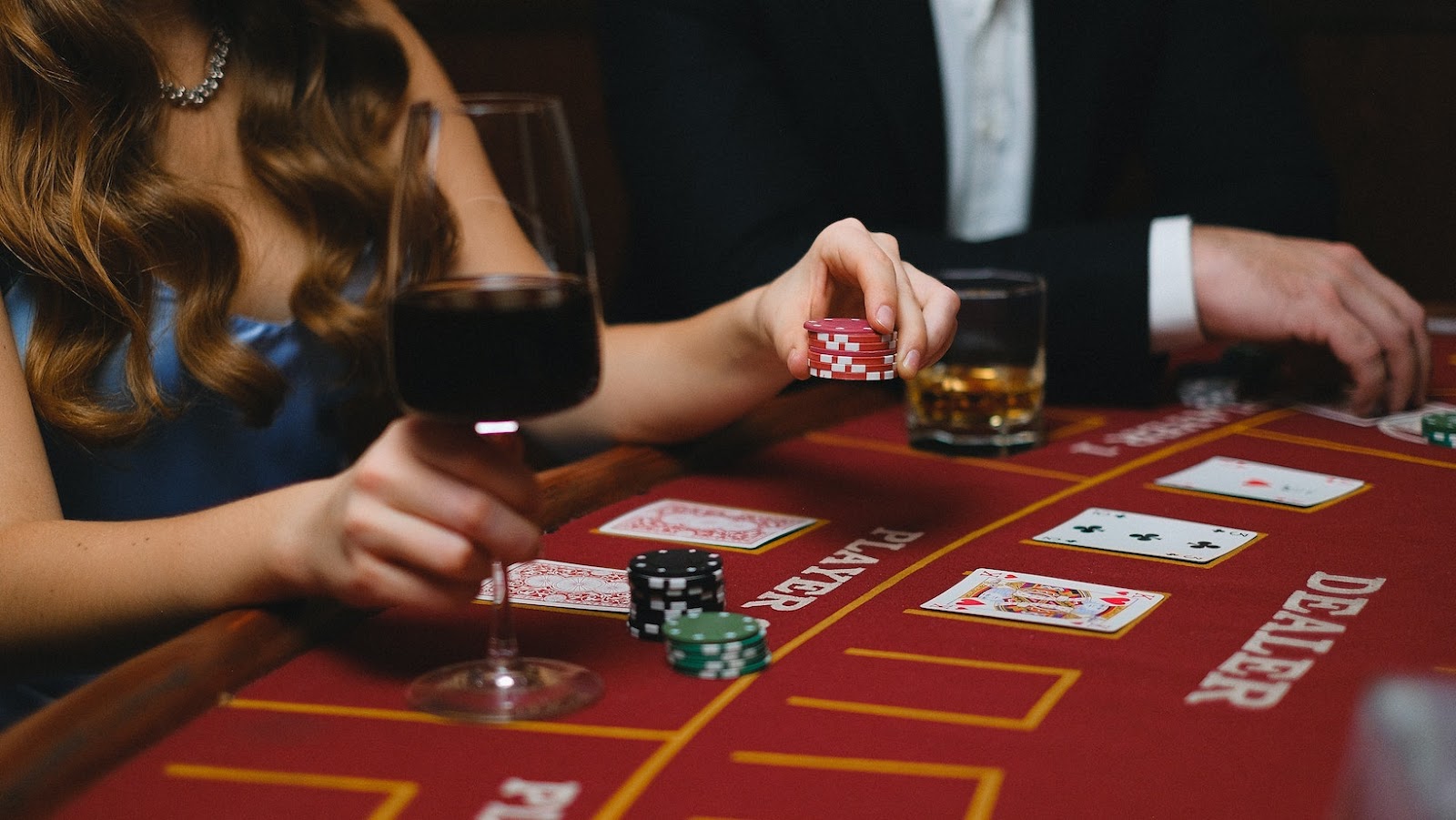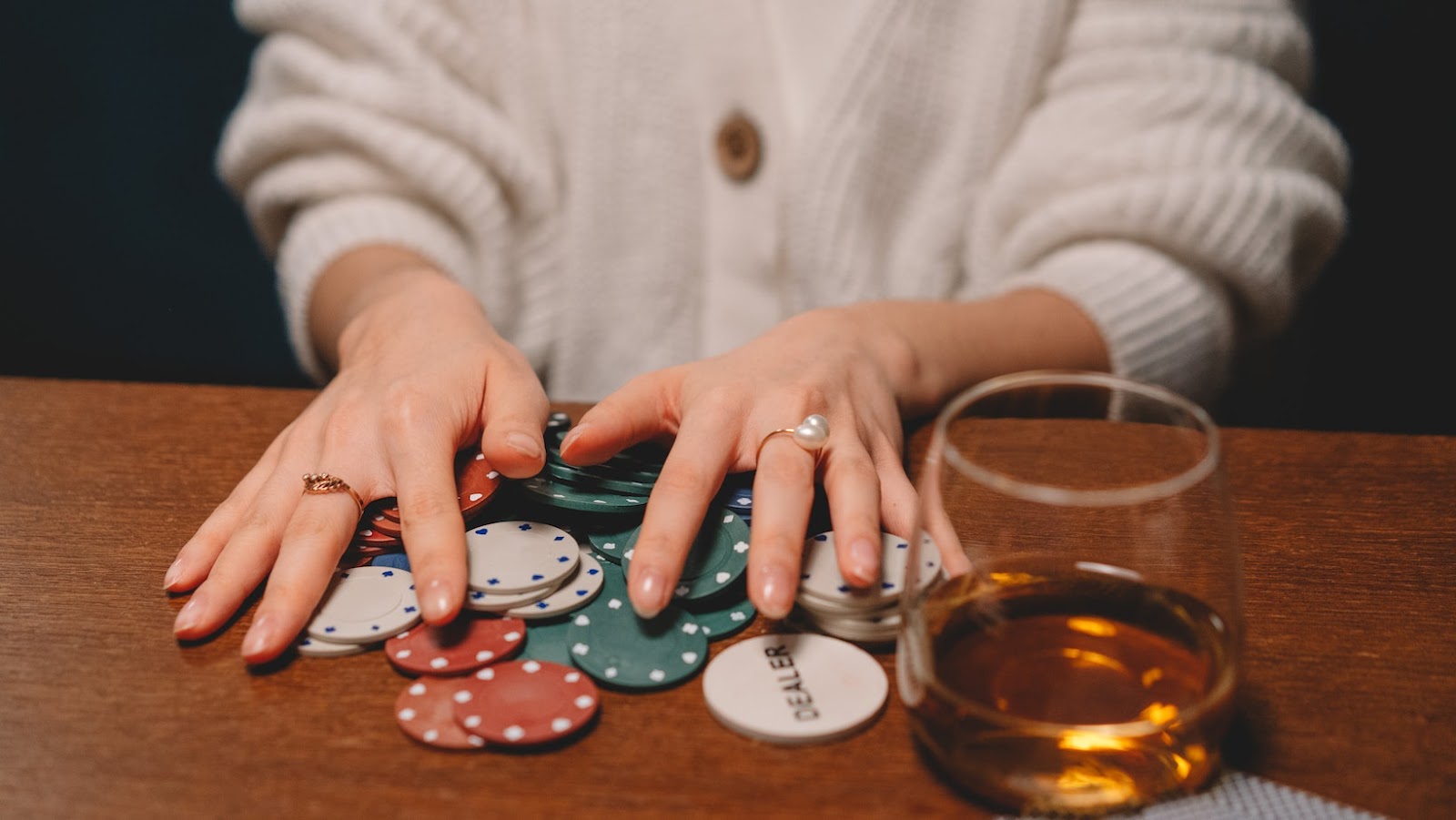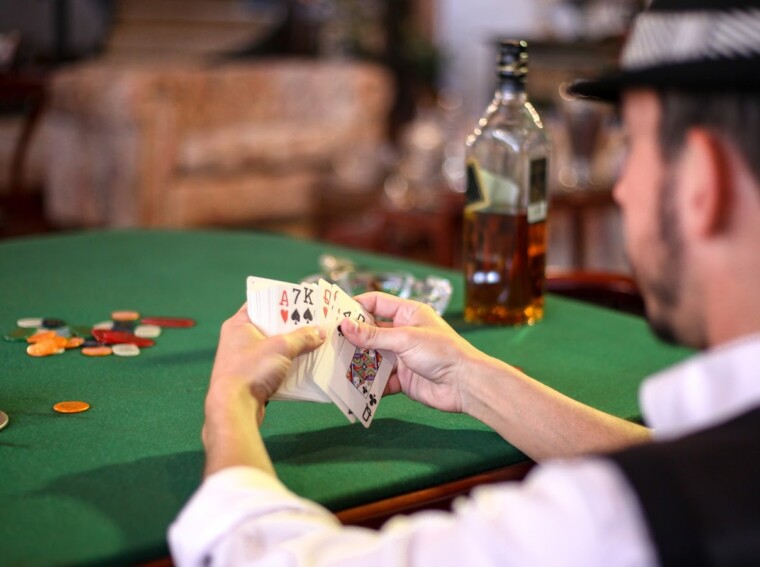Bluffing is an essential and well-known aspect of the game of poker. This strategy has intrigued and fascinated players for a while now. But what exactly does it mean to bluff in poker? In this article, we will explore the concept of bluffing, its reasons, and how to master this powerful strategy.
The Art of Bluffing in Poker
Bluffing is a psychological tactic used by poker players to deceive their opponents into thinking they have a stronger hand than they do. By representing a hand they do not hold, a player can manipulate their opponents’ decision-making process, ultimately influencing the outcome of the game.
Why Do Players Bluff?
The primary reason players bluff is to gain an advantage in the game. While poker is a game of skill, luck, and strategy, it is also incomplete information. Unlike chess, where players can see all the pieces on the board, poker players must infer the strength of their opponents’ hands based on limited information.

Bluffing allows players to exploit this uncertainty, forcing their opponents to make difficult decisions. If successful, a bluff can cause an opponent to fold a winning hand or invest more money into a losing pot, ultimately increasing the bluffer’s chances of winning.
Types of Bluffs
There are two primary types of bluffs in poker: the pure bluff and the semi-bluff.
- Pure Bluff: A pure bluff occurs when a player has little to no chance of winning the hand based on the cards they hold. They are essentially betting on the idea that their opponents will fold their hands, allowing the bluffer to win the pot uncontested. Pure bluffs are high-risk but can yield high rewards if successful.
- Semi-Bluff: A semi-bluff is when a player has a hand that could improve to a winning hand in later betting rounds. The player still attempts to deceive their opponents, but they have a backup plan if their bluff is called. This makes semi-bluffs less risky than pure bluffs and more common in poker games.
Factors to Consider When Bluffing
When deciding whether to bluff in a poker game, several factors should be considered. These include:
- Table Image: A player’s table image refers to how their opponents perceive them. If a player has a tight, conservative image, their bluffs are more likely to be successful, as opponents may assume they are only betting with strong hands. Conversely, players with a loose, aggressive image may find it more challenging to bluff successfully, as opponents may be more inclined to call their bets.
- Opponents’ Playing Styles: A player’s bluffing strategy should be tailored to the playing styles of their opponents. Tight players are likely to fold to a bluff, while loose players may be more inclined to call. It is essential to pay attention to how opponents are playing and adjust your bluffing strategy accordingly.
- Game Stage: The game’s stage can also impact a bluff’s success. For example, players may be more conservative and more likely to fold to a bluff in the early stages of a poker tournament. In contrast, during the late stages of a tournament, players may be more inclined to call a bluff to stay in the game.

- Playing Poker Online: If one chooses to play online poker, there are a few additional considerations. For example, online players may be unable to observe their opponents’ body language and facial expressions, making it more difficult to identify bluffs. Additionally, online poker games often include features such as time banks and auto-muck, which can provide clues about players’ hands.
- Maintaining a Balance: Finally, it is essential to maintain a balance between bluffing and playing strong hands. Players should not rely too heavily on bluffs, as this can cause opponents to become suspicious and call more often. Similarly, players who only play strong hands may appear predictable and easier to read, making them targets for bluffs from their opponents.
Mastering The Art of Bluffing
While bluffing may initially seem intimidating, it can easily become a natural part of any player’s repertoire. The trick is to think like your opponents, anticipate their moves, and act accordingly. To do this successfully, players must properly assess their situation and consider all relevant factors, such as cards in hand, betting patterns, table position, and opponents’ body language. By carefully considering each element before acting during a hand, you will be better equipped to master bluffing at the poker table.
Conclusion
Bluffing is an integral part of poker and a key skill for any player to master. While risks are associated with bluffing, the potential rewards are often worth the gamble. To successfully bluff your opponents in a poker game, it is essential to consider several factors, such as table image, opponents’ playing styles, and game stage. Additionally, players must understand the nuances of bluffing when playing online. However, with practice and careful observation, any player can master the art of poker bluffing.

